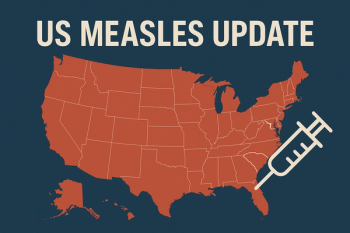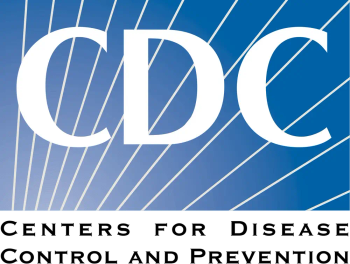
Longer Interval Between COVID-19 Vaccine Doses May Cut Risk of Myocarditis or Pericarditis
The highest rate of myocarditis or pericarditis after mRNA COVID-19 vaccination occurred among young men ages 18 to 24 after receiving a second dose of the Moderna vaccine.
The risk of
The study, published in
Myocarditis or pericarditis was more prevalent among those who received Moderna’s mRNA-1273 vaccine than those who received the Pfizer-BioNTech BNT162b2 vaccine and the risk was higher after a second dose. A shorter interval between doses also was associated with higher rates of the heart inflammation conditions.
Among 19.7 million doses of mRNA vaccines administered during the study period, 417 cases of myocarditis or pericarditis were reported and 297 met criteria for inclusion in the study, 228 (76.8%) of which were among male patients. The median age was 24 years. Most of the cases—207 or 69.7%— were after the second dose of an mRNA vaccine.
“Vaccination program strategies, such as age-based product considerations and longer inter-dose intervals, may reduce the risk of myocarditis or pericarditis following receipt of mRNA vaccines,” the study authors wrote.
The highest rate of myocarditis or pericarditis occurred among young men ages 18 to 24 after receiving the Moderna vaccine as a second dose, amounting to 299.5 cases per million doses. Comparatively, there were 59.2 myocarditis or pericarditis cases per million doses after receiving the Pfizer-BioNTech vaccine as a second dose.
The study, led by Sarah A. Buchan, PhD, of Public Health Ontario, supports
“An important new contribution from the study by Buchan and colleagues is the finding that a longer time interval between dose 1 and dose 2 in the primary mRNA COVID-19 vaccination series may be associated with a lower risk of myocarditis or pericarditis,” Eric S. Weintraub, MPH; Matthew E. Oster, MD, MPH; and Nicola P. Klein, MD, PhD., wrote in an
The incidence of myocarditis or pericarditis was higher when the interval between doses was 30 days or shorter (52.1 cases per million doses for Pfizer and 83.9 cases per million doses for Moderna) compared with when the interval was 56 days or longer (9.6 and 16.2 respectively).
The study also examined mixing vaccines, finding that the rate of myocarditis or pericarditis was higher when a first dose of the Pfizer vaccine was followed by the Moderna than when both doses in the primary series were Moderna vaccines.
“The reasons for and significance of this finding are unclear, but it merits further study and replication in other data systems,” Weintraub, Oster, and Klein wrote.
Buchan and colleagues noted that the incidence of myocarditis or pericarditis remains very rare and should be considered in association with the risks of myocarditis following SARS-CoV-2 infection and vaccine effectiveness.
“COVID-19 vaccination has prevented substantial morbidity and mortality and has been the most effective primary prevention strategy against COVID-19 infection and serious complications,” Weintraub, Oster, and Klein wrote.
“As the epidemiology of the COVID-19 pandemic continues to evolve and as vaccination programs expand to include younger age groups and additional booster doses, vigilance in monitoring for myocarditis or pericarditis and other adverse events will be critical to ensuring that public health and regulatory authorities have timely and accurate safety data to weigh the benefits and risks of vaccination and make evidence-based recommendations to protect the public and mitigate the pandemic.”
Newsletter
Stay ahead of emerging infectious disease threats with expert insights and breaking research. Subscribe now to get updates delivered straight to your inbox.



















































































































































































































































































